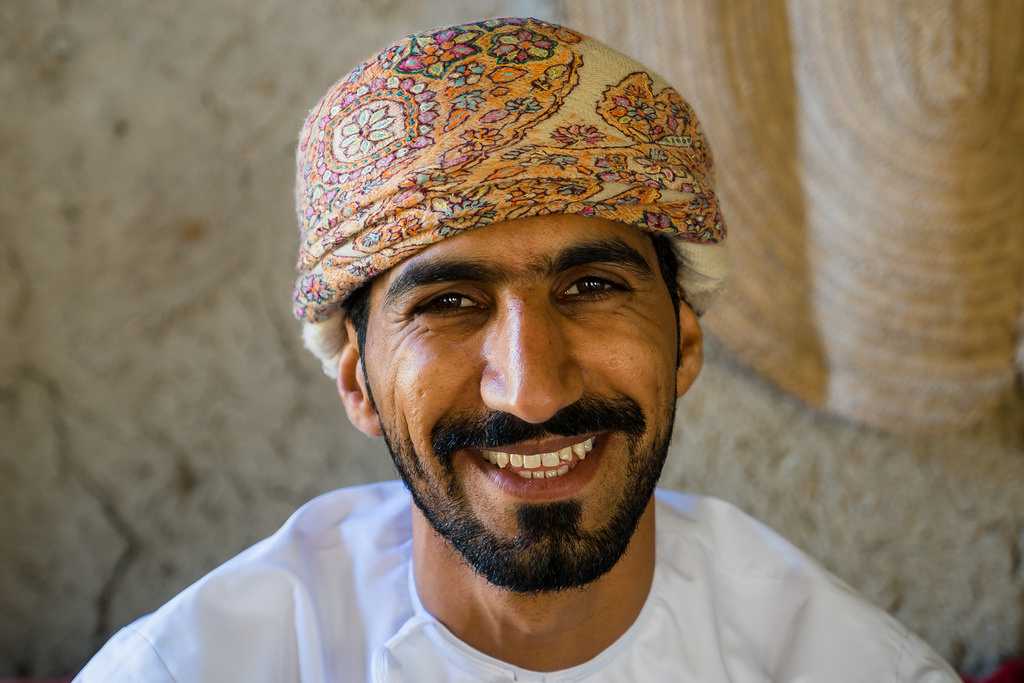Oman is a country known for its rich culture, beautiful landscapes, and deep-rooted traditions. One of the most remarkable aspects of Omani culture is its traditional dress. The way Omani dress reflects their history, identity, and pride in their heritage. Despite modern influences, Omani traditional attire continues to be a strong part of daily life.
The Men’s Attire: Elegance and Simplicity

Omani men wear a long, white robe called a Dishdasha. This ankle-length garment is simple yet elegant. Though white is the most common color, some men also wear it in light pastel shades. The Dishdasha is made of cotton or wool, depending on the season. It is designed to be comfortable in the hot climate of Oman.
A unique feature of the Dishdasha is the Tassel (Furakha), a small embroidered piece hanging near the neckline. Traditionally, men perfume the tassel with fragrances like rose water or musk, adding a touch of luxury to their clothing.
On formal occasions, Omani men wear a Bisht, a cloak worn over the Dishdasha. This cloak, usually made of high-quality fabric, is reserved for weddings, official events, and special gatherings.
Headgear is an important part of the Omani men’s dress. They wear either a Kumma (a round embroidered cap) or a Mussar (a turban). The Mussar is usually made of wool or cashmere and comes in various colors and designs. Tying the Mussar is an art that reflects a person’s region or tribe.
The Women’s Attire: Colorful and Beautiful
Omani women’s traditional dress is full of vibrant colors and intricate designs. Their outfit consists of three main pieces: the dress (Thobe), the pants (Sirwal), and the headscarf (Lahaf). Each region in Oman has a unique way of decorating the Thobe with embroidery, beads, and sequins. These decorations showcase the skill of local artisans and make the attire unique.
The Sirwal is a pair of loose-fitting pants worn under the Thobe. It is often embroidered at the ankles, adding to the beauty of the outfit. The Lahaf, or headscarf, is worn in different styles depending on the region and personal preference.
For special occasions, women wear dresses made of luxurious fabrics like silk or velvet. They also accessorize with gold and silver jewelry, which are often passed down through generations. Jewelry plays a significant role in Omani culture, as it symbolizes wealth and status.
Footwear and Accessories

Both men and women wear traditional footwear called Najran or Sandals. These leather sandals are handmade and designed for comfort. Women sometimes wear embroidered or decorated sandals to match their outfits.
Omani men often carry a Khanjar, a traditional curved dagger, as part of their formal dress. The Khanjar is a symbol of pride, courage, and national identity. It is usually made of silver and worn on a belt during important events.
Traditional Dress in Modern Oman
Even with modernization, Omanis take pride in their traditional attire. While younger generations may wear Western-style clothing for casual occasions, traditional dress remains an essential part of daily life, especially for official and cultural events.
Government officials, students, and professionals still wear traditional clothing regularly. Tourists visiting Oman also admire and respect the way locals embrace their culture through fashion. Many international designers even draw inspiration from Omani embroidery and designs.
Conclusion: A Living Tradition
Omani traditional dress is more than just clothing; it is a symbol of history, culture, and identity. It reflects the beauty and richness of Omani heritage. Whether at a grand celebration or a simple gathering, the traditional dress of Oman continues to captivate people with its elegance and meaning.
Do follow on Instagram
Qatar Duty Free Enrolls 50 Staff in Top Certification Program



